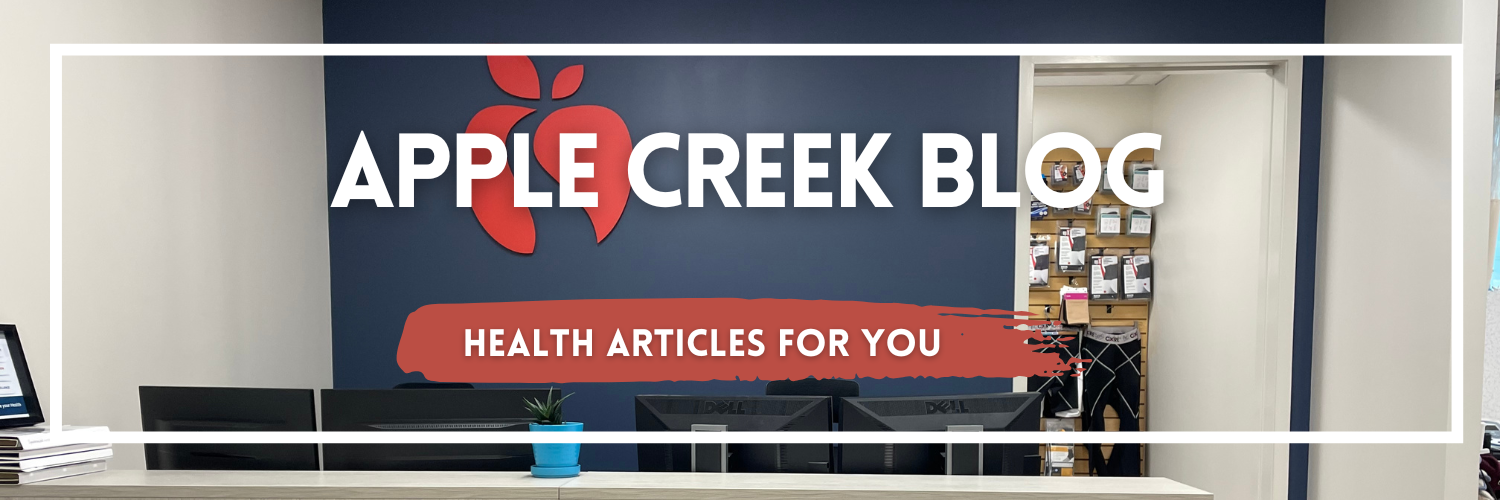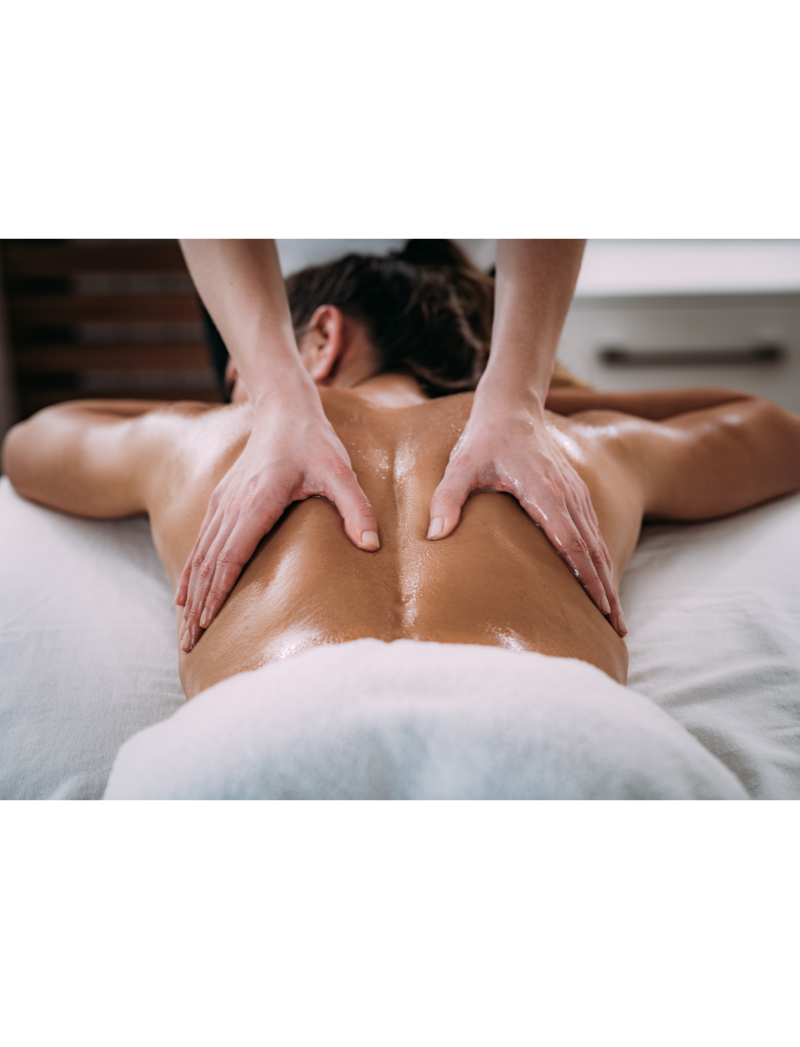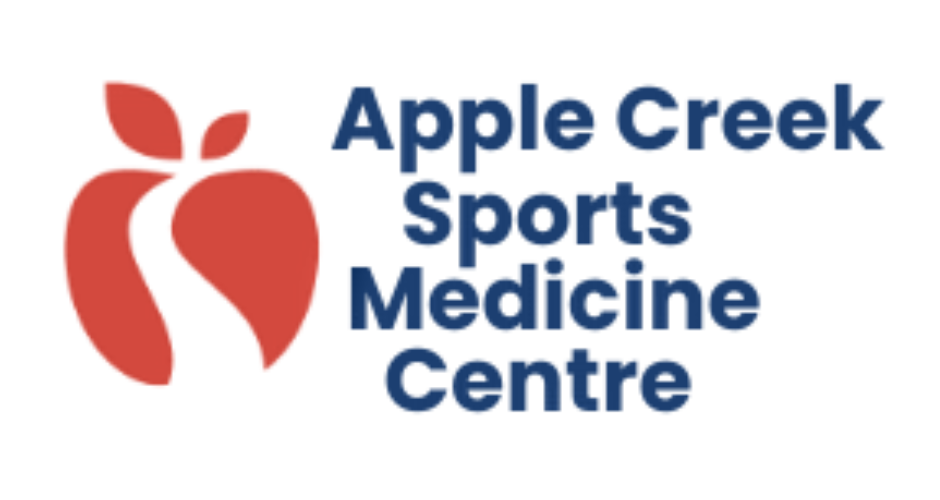
Massage Isn’t Just About Relaxation — It’s an Essential Part of Recovery, Performance, and Overall Health
Sean Li and Stefanie Moser, Registered Massage Thearapists

Often we hear people say, “I’ll get a massage when I’m stressed,” or “I just get massages to unwind.” And yes — massage does feel incredible. But what if we told you it’s more than just indulgence? More than pampering? That massage is a powerful tool — one that supports recovery, enhances performance, and contributes to your long-term health in ways many of us overlook.
Here’s what we have noticed — through our clients after years of applying what works.
What massage really does
Massage isn’t just pressing and rubbing. It’s physical therapy, stress regulation, and cellular work all in one.
- Muscle repair & recovery: When you move, lift, run, or push your body, your muscles micro-tear and accumulate metabolic byproducts (like lactic acid). Massage helps increase blood flow, flush out waste, and deliver fresh oxygen and nutrients to muscle tissue, speeding up the repair process.
- Reducing inflammation: It might sound surprising, but massage can help reduce local inflammation. Through mechanical pressure and movement of tissue and fluids, massage supports lymphatic drainage and reduces swelling.
- Improving flexibility & mobility: Tight fascia, knots, adhesions — these restrict movement. Massage helps loosen these, improving your range of motion. This makes everyday tasks easier and also helps athletes perform better, with less risk of injury.
- Nervous system balance: There’s a reason we feel so relaxed after a massage. Massage stimulates the parasympathetic nervous system (“rest and digest”), lowers cortisol, raises endorphins and oxytocin. Over time, this helps your body better manage stress.
- Mental health & pain relief: Massage can be a relief for chronic pain, headaches, and the mental toll of living with constant tension. And of course, when your body feels better, your mind tends to follow.
Performance gains — and why they matter
Athletes and high-achievers often think of massage as a luxury or reward. But I believe it’s a foundational component of training, not just an optional addition.
● Pre-event prep
Before a big game, a massage can help warm up muscles, reduce tension, and prime you mentally and physically.
● Post-event recovery
After pushing hard, muscles need help recovering. Massage decreases soreness, accelerates healing, and helps you bounce back more quickly for the next session.
● Injury prevention
Regular massage helps catch tightness before it becomes injury, improves posture and movement patterns, and keeps small issues from becoming big ones.
● Consistency & longevity
For long-term athletic or physical performance, what matters most is sustainability. Massage helps you stay in the game longer by maintaining tissue health, reducing wear and tear, and improving recovery cycles.
Health Beyond Muscles
● Immune function
By reducing stress and improving circulation, massage can help your immune system work better. Stress suppresses immunity, and massage helps push back.
● Sleep quality
A body that’s relaxed is better able to drift into restorative sleep. Massage before bed or as part of a regular routine can improve how quickly you fall asleep and how deeply you sleep.
● Mental resilience
We live in a fast-paced world; anxious thoughts, cortisol spikes, stimulus overload. It’s all of a piece with how your body feels. Regular massage gives you a chance to reset — physically and mentally — so you can face challenges with more calm, clarity, and strength.
● Pain and chronic conditions
Whether it’s headaches, back pain, tension in the neck and shoulders, or issues like fibromyalgia — massage is not a cure-all, but it can significantly alleviate symptoms, reduce dependency on pain meds, and improve quality
Making Massage Work for You
Massage is not one-size-fits-all. Here are some thoughts on how to integrate it into your life in ways that are meaningful, sustainable, and effective.
1. Find the right kind for your goals — deep tissue, sports massage, Swedish, trigger point, myofascial release, etc. Each has its strengths. If recovery and performance are your focus, you may need more targeted, deeper work at certain times.
2. Frequency matters — once in a blue moon feels good. But schedule matters more: whether weekly, bi-weekly, or monthly, whatever you can maintain is better than sporadic splurges.
3. Communicate with your therapist — tell them about your training, pain points, goals, past injuries. Let them know what feels good (and what doesn’t). That conversation can make a huge difference.
4. Combine massage with other recovery tools — stretching, foam rolling, proper sleep, nutrition, hydration. Massage is powerful, but it works best in concert with other healthy habits.
5. Listen to your body — soreness after massage can be normal, but sharp pain isn’t. If something feels too intense, scale it back or try gentler approaches until your body adjusts.
Final thoughts
If there’s one message we want you to leave with, it’s this: massage is not optional if you care about long-term health, performance, or recovery. It’s as essential as rest, as integral as nutrition, and as pivotal as training itself.
Relaxation is the beautiful and immediate gift of massage; but the deep, lasting gifts — recovery, repair, resilience — are why it deserves more respect in our lives. So the next time you think about getting a massage, don’t just think “treat.” Think “investment.”
Here’s to stronger, healthier, more resilient bodies — and to giving them the care they truly deserve.
.
About the Authors:
Stefanie Moser, RMT and Sean Li, RMT are dedicated members of our Apple Creek Sports Medicine team.
They provide personalized, evidence-based massage therapy treatments to help patients relieve pain, reduce muscle tension, recover from injuries, and improve overall mobility and wellness.
For more information about Stef and Sean, click here

